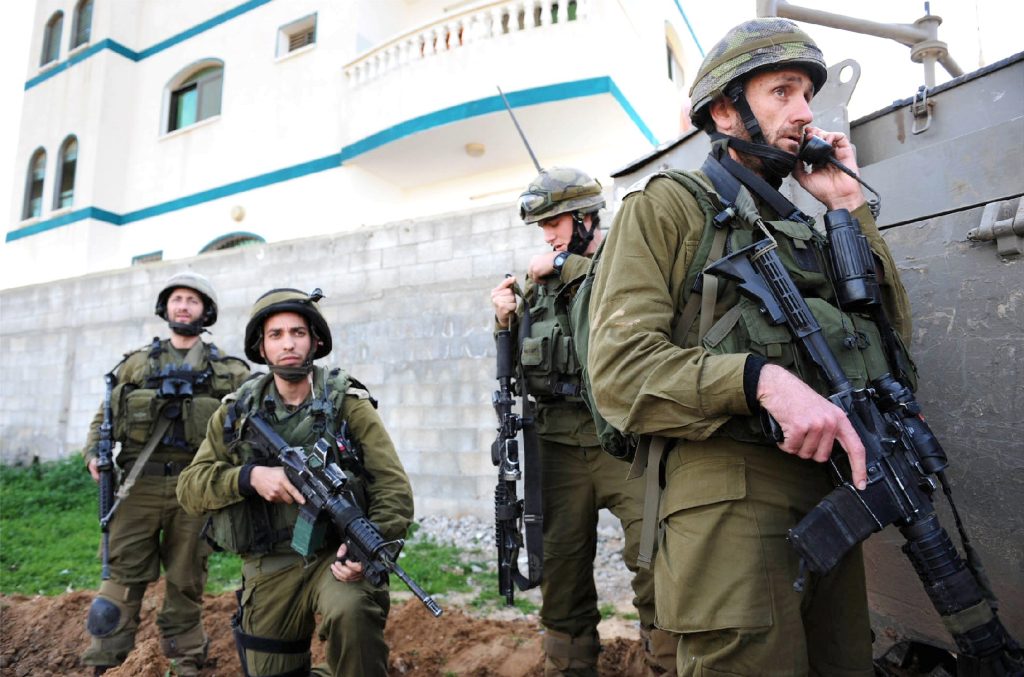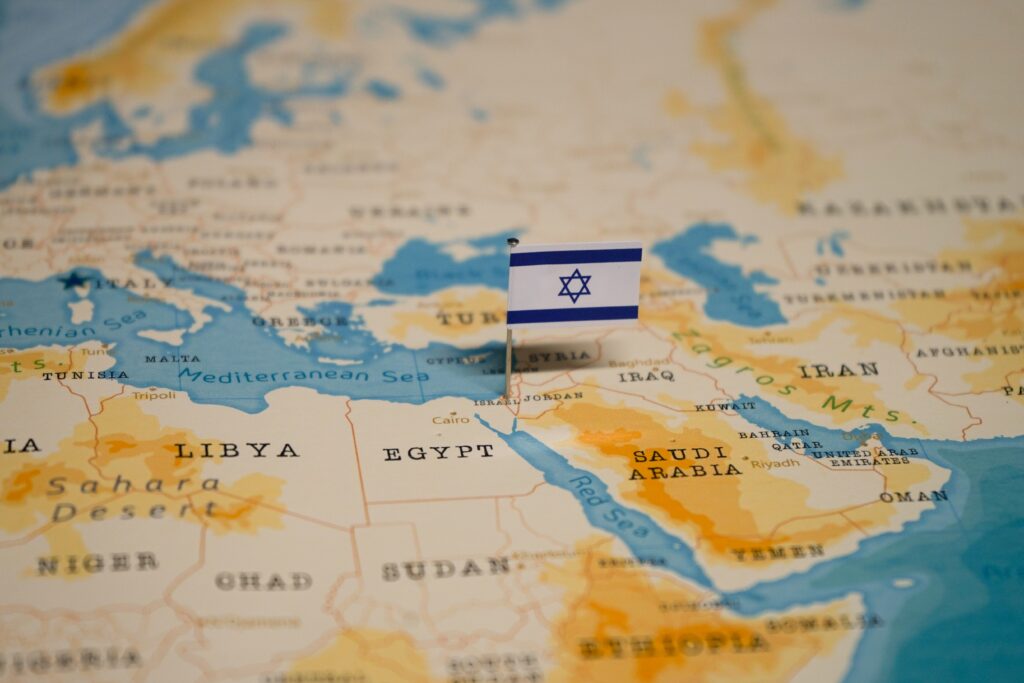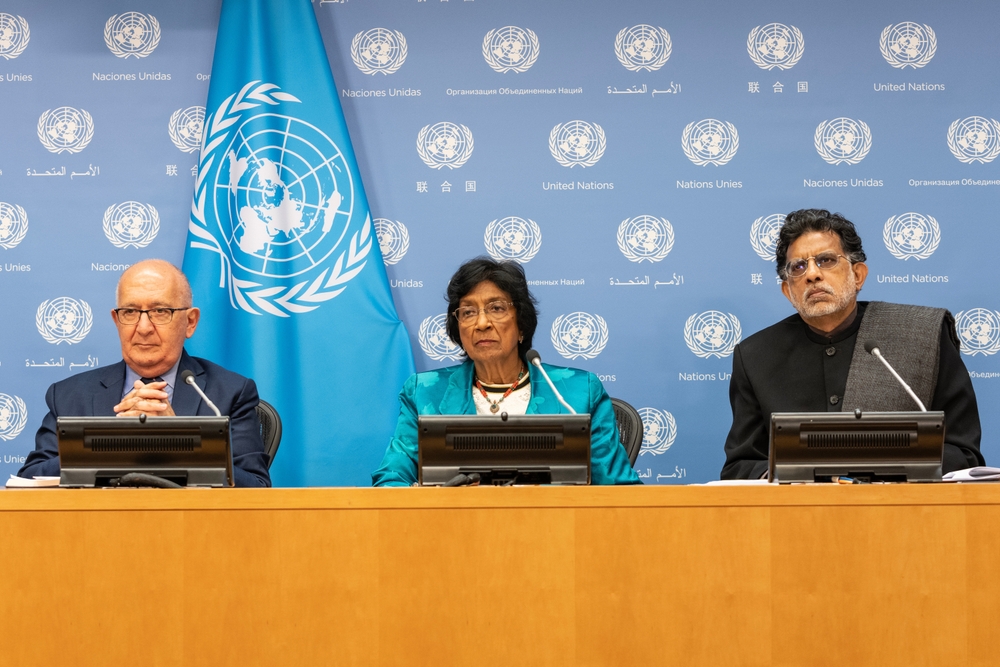IN THE MEDIA
Gaza incursion will test IDF’s readiness for urban warfare
October 19, 2023 | Ahron Shapiro

The Australian – 19 October 2023
The massacre of more than 1400 Israelis in kibbutzes, small towns and thinly staffed army outposts on October 7 – a number now expected to climb as high as 1855 once the last burned and badly mutilated victims are identified – was a clear act of war by Hamas that left Israel’s leaders no choice but to mobilise its army.
The Israel Defence Forces have activated about 360,000 reservists, which Israel cannot sustain indefinitely without lasting detriment to the economy.
This is therefore no bluff: a ground invasion of the Gaza Strip is almost certainly imminent, aiming to topple Hamas and neutralise Gaza’s threat to Israel.
Let there be no illusions. Israel understands Hamas would not have invaded without a strategy of how to endure Israel’s inevitably harsh response. The 199 hostages it took are likely only part of that strategy.
Hamas is expected to fully exploit its home field advantage in Gaza, using its maze of tunnels to stage ambushes against Israeli forces. Yet the IDF has no choice but to plan a full invasion. Anything less would inflict immeasurable damage on both Israelis’ confidence in their state to protect them and the deterrence Israel depends on to ward off even greater threats from Iran and its Lebanese proxy, Hezbollah, while leaving the Hamas threat in place.
The IDF’s ability to achieve its goals will depend on minimising Palestinian civilian casualties, not merely for humanitarian reasons, although that weighs heavily on the ethos of Israeli soldiers, as I know from experience as an IDF veteran. Leaders in Jerusalem and Gaza are equally aware that high Palestinian casualties will push the UN Security Council to intervene regardless of who controls Gaza at the time.
Since Hamas seized control of Gaza from the Palestinian Authority in a bloody 2007 coup, there have been several rounds of fighting between Israel and Hamas and/or its smaller terror stablemate Palestinian Islamic Jihad, both heavily dependent on Iran, which supplies them with funds, training and advanced weapons mostly smuggled in by sea.
During these intensely violent escalations, most action typically occurs in the skies. Hamas and PIJ fire rockets and mortars indiscriminately into Israeli cities and towns while Israel responds by bombing military targets.
Until 2011, when Israel’s innovative Iron Dome anti-missile system was introduced, these rockets made some Israeli towns almost unlivable. In fact, the Gaza War that began in December 2008 and that saw Israeli troops reach the outskirts of Gazan cities but not conquer them was launched to compel Hamas to end its rocket attacks. In retrospect, this effort ultimately failed.
However, the advent of the revolutionary Iron Dome, which reduced the deadliness of Gazan rockets by rather effectively shooting down those most likely to hit populated areas, did reduce the pressure for Israel to resort to another risky ground operation over rocket fire alone.
In 2014 – Israel’s last significant incursion into Gaza – the impetus wasn’t rockets but to destroy dozens of tunnels Israel discovered Hamas had secretly dug from Gaza deep into Israeli territory, intending to send hundreds of armed terrorists through them to slaughter and kidnap Israelis. (Does this sound familiar?)
Unlike in 2008, the IDF’s 2014 ground offensive couldn’t avoid densely populated areas, since these were precisely where the tunnels emanated from. Even so, the incursion was limited to neighbourhoods closest to Israel’s border and ended immediately once the tunnels were destroyed.
Since then, Israel installed a variety of systems it believed would make Hamas schemes to invade Israel futile. These included a border fence that was not only high but also extended deep below ground. It developed unique sensors to detect tunnels, and sophisticated cameras and ground radar to provide early warning against would-be infiltrators.
Finally, in 2018-19, Hamas orchestrated weekly mass demonstrations along the border fence that included smokescreens for fence-cutting teams trying to open holes in the barrier. This failed, too, when Israeli snipers had no choice but to shoot at would-be infiltrators’ legs.
After that, Hamas appeared to give up on invading Israel, seemingly preferring a policy of restraint with Qatar providing financial incentives for calm, along with work permits in Israel for tens of thousands of Gazans.
In Israel’s biggest military intelligence failure since the 1973 Yom Kippur War, apparently no intelligence agency or defence official saw through Hamas’s ruse.
The day of reckoning for those responsible for this colossal security failure will come. Before this, the IDF’s battle readiness, and combat systems and training that have focused on urban warfare scenarios in recent years, will be put to the test.
The generals in the war room at Tel Aviv’s Kirya and the families of thousands of soldiers will be praying the IDF’s abilities on the battlefield perform better than its military intelligence.





